2019 Raw Lao Ban Zhang Pu Erh Tea Balls
2019 Raw Lao Ban Zhang Pu Erh Tea Balls
Couldn't load pickup availability
Individually wrapped raw pu erh tea balls made tea leaves harvested from wild trees in Lao Ban Zhang.
Origin
Origin
- Type: Raw pu erh tea
- Origin: Lao Ban Zhang, Yunnan
- Year: 2019
- Season: Spring
- Shape: Tea balls
How to Steep
How to Steep
Steeping temperature: 100ºC
Western Method: Steep 1 Lao Ban Zhang raw pu erh tea ball with 500ml of water for 2 minutes. After the first steep apply the following steeping times for the next steeps: 1.5, 2, 4 minutes
Traditional method: Steep 1 Lao Ban Zhang raw pu erh tea ball with 100ml of water and steep for 40 seconds. After the first steep apply the following steeping times for the next steeps: 25, 15, 20, 25, 30, 30 seconds.
Shipping, Returns & Payment Methods
Shipping, Returns & Payment Methods
Delivery time: 1-10 day EU delivery. For estimates per country, please visit the shipping info page at the bottom of our website.
Import taxes?: because we ship from our EU warehouse, you will NOT be charged import taxes upon delivery if you're based in the EU. All taxes are already included in our prices.
Free shipping: available for orders over €59 for The Netherlands/Belgium, €80 for other EU countries (excluding Portugal & Hungary) & UK, and over €100 for other countries.
Returns: orders can be returned for a refund within 30 days. Products should returned in unopened, unused condition.
Share
How this raw pu erh tea is made
-
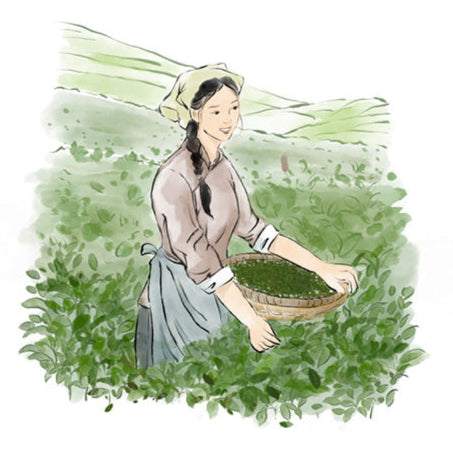
Picking
Tea leaves are hand-picked in the morning.
-
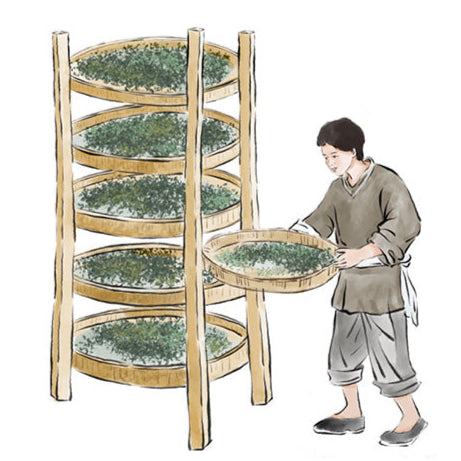
Withering
The leaves are spread on bamboo trays to wither.
-

Fixation
The withered leaves are heated to halt oxidation.
-
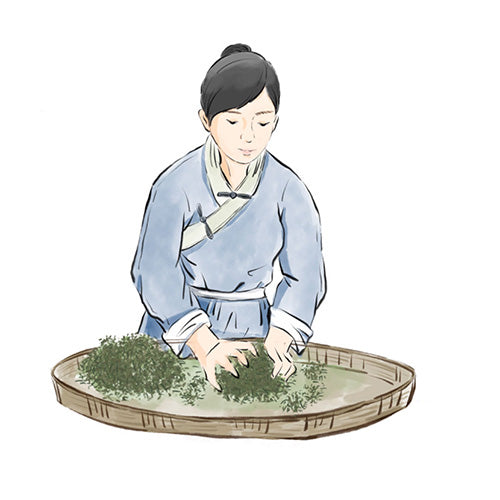
Rolling
The tea leaves are rolled to release their aroma.
-
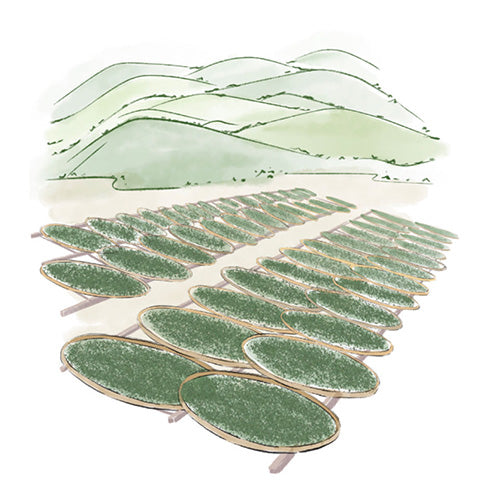
Sun Drying
Rolled leaves are spread on bamboo mats to sun-dry.
-
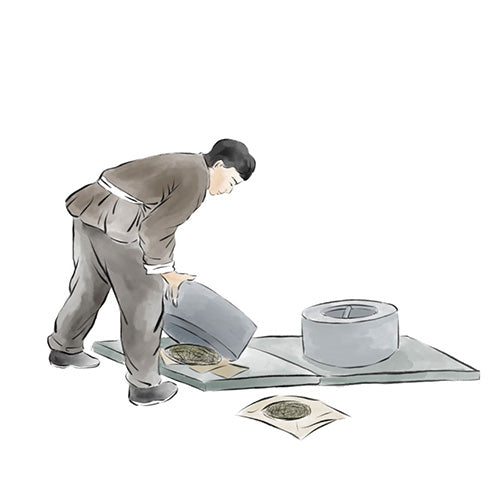
Pressing
The processed tea leaves are steamed & compressed.
-
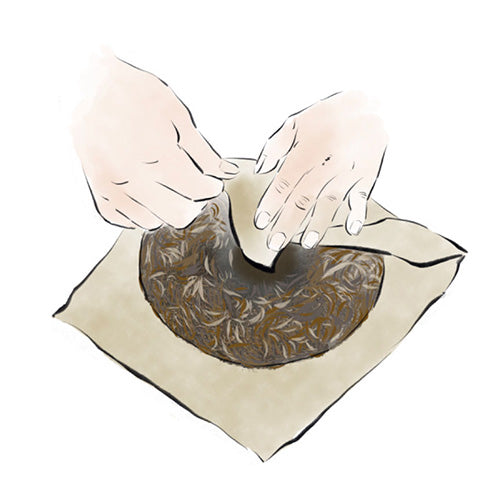
Packaging
The compressed tea is wrapped in paper & packed in boxes.
-
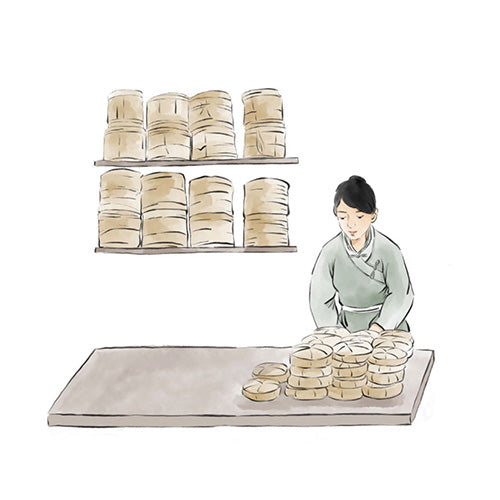
Aging
The raw pu erh tea is stored for further aging.

Our design work is inspired by the artwork “Along the River During the Qingming Festival” by the Zhang Zeduan in the Song Dynasty. Instead of displaying the daily lives of people in the capital of China (as the original artwork), we display the tea making process of farmers through the same bird’s eye perspective.
When examining our packaging design in detail, tea enthusiasts will observe the tea making process, featuring tea farmers picking, drying, rolling, and frying tea leaves. The tea is then tasted in a pavilion and transported by horses along the ‘ancient tea road’.
Together, the traditional Chinese landscape and tea making theme, symbolise heritage, tradition, and respect for hard work of tea farmers.




















